If you’re looking to take part in agriculture while also focusing on sustainability and the environment, agroecology is what you need.
What is agroecology? Agroecology is a broad set of agricultural and ecological systems and practices. It includes things like permaculture, regenerative agriculture, organic farming, food forests, and other innovative ways to farm while also helping to build biodiversity and prevent ecological harm.
In this article, you’ll learn what agroecology is, some of the different approaches to agroecology, its benefits, and more.
What Is Agroecology?
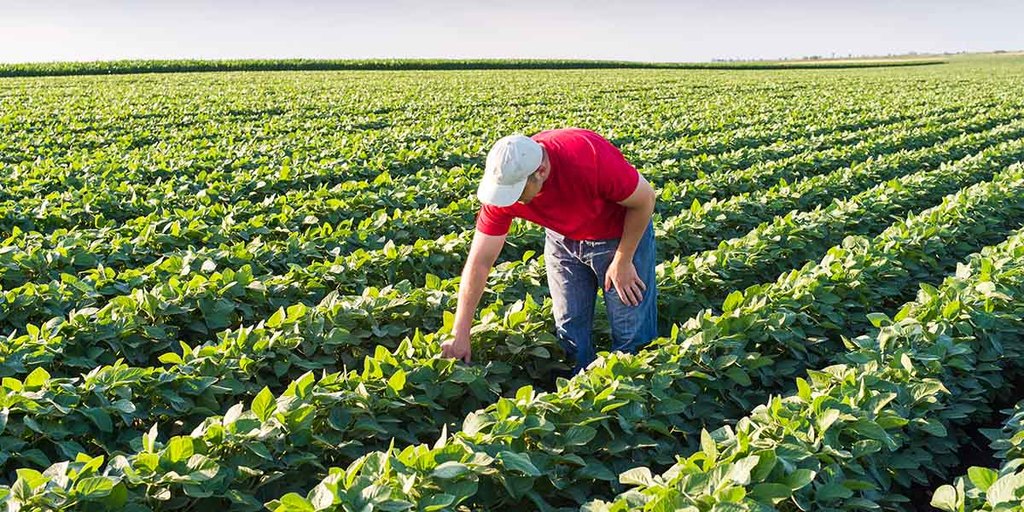
Agroecology is applying ecological principles to agricultural practices and systems. This includes the design, development, and management of these systems.
The big goal here is sustainability. It has a lot of crossover and things in common with other approaches to sustainable farming.
Traditional agriculture is different from natural ecosystems in a few main ways, which agroecology tries to avoid:
- The land is kept at an early successional state. In other words, tree canopies don’t dominate the space, and it’s mostly comprised of shrubs and herbs.
- Crops tend to be planted in rows, as opposed to more natural formations.
- Biodiversity is less, and monoculture is the norm.
- Plows and tilling are used which exposes soil to erosion
- Artificially selected crops and genetically modified organisms are used, whereas agroecology tries to minimize human impact.
Agroecology is all about looking at a farm system with an ecologist’s eye first. The priority isn’t on industry, which is modeled after a factory instead of nature.
Nor is the primary motivation of agroecology economic, in other words created for profit and as a commodity.
For example, agroecology would call for improving soil quality through biodiversity and available biomass, as opposed to using chemical inputs to fight against nature.
Agroecologists may also use ancestral customs and knowledge as part of their farming practices.
Agroecologists include anyone looking to create sustainable and nutritious food sources, including farmers, scientists, NGOs, universities, public agencies, and end consumers.
Agroecology as a field isn’t tied to any one specific method of farming. Today there are more opportunities than ever to grow sustainably.
For a long time, the corporate food system has been damaging the environment, people’s health, and the livelihood of family farmers. But agroecology looks to help provide a solution to all of these problems.
Nowadays consumers are demanding more locally grown and healthier food. Agroecology is a social movement that is now reaching a global level where it can really have an impact on the food system.
- Learn of How to start a market garden for the small-scale production of vegetables, flowers, and fruits as cash crops.
The 10 Elements of Agroecology
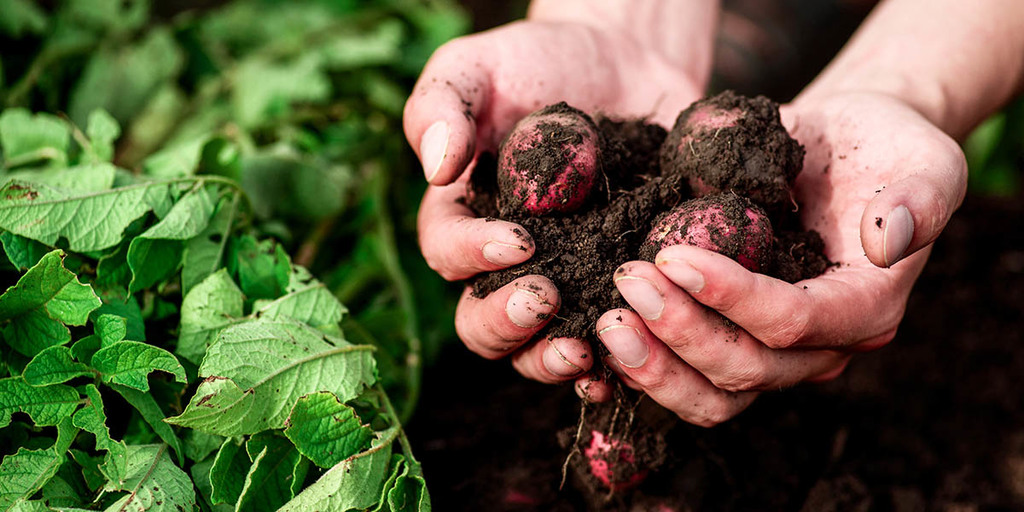
According to the Food and Agriculture Organization of the United Nations (FAO) there are 10 main elements that can help to guide us in the transition from current agricultural systems to more sustainable food models.
1. Diversity
Diversification is necessary to make sure that food and nutrition is secure while still protecting, enhancing, and conserving our natural resources. Agroecology makes use of a highly diverse set of different systems.
2. Co-creation and sharing of knowledge
We don’t need to figure everything out from scratch. There is hundreds of years worth of knowledge and science to help us make decisions. These innovations help us to better respond to agricultural challenges.
Agroecology tries to focus on individual solutions tailored for specific contexts, rather than prescribing a one-size-fits all solution.
3. Synergies
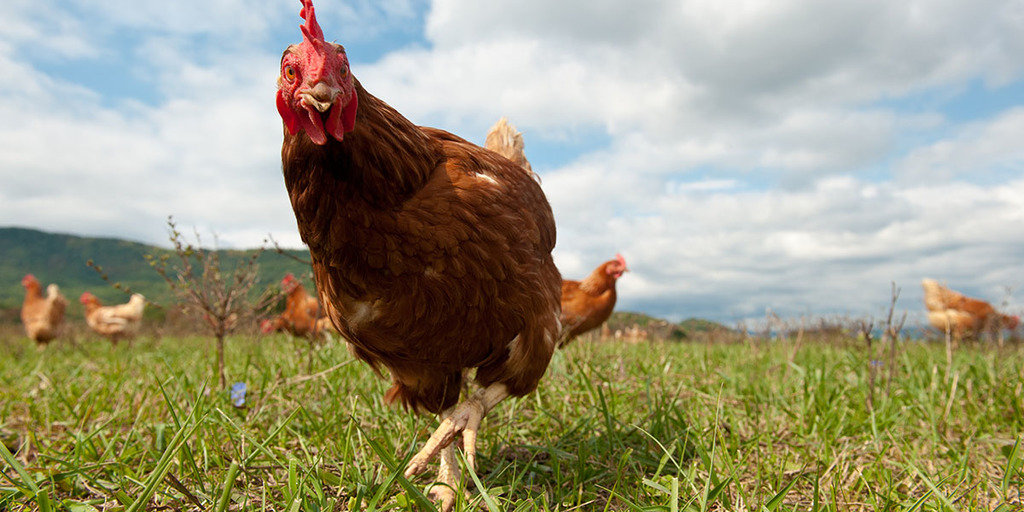
Agroecology can take different interactions between crops, livestock, soil, water, trees, and other parts of the land into account and consider how they all can work together for maximum benefit.
Building synergies helps support both production and biodiversity.
4. Efficiency
Just because agroecology places a greater sense of importance on ecosystems and the environment, that doesn’t mean that its systems can’t be just as productive as conventional agriculture.
It uses innovative practices to produce higher yields while using less external resources. Careful planning and use of synergies allows for more efficient farming.
5. Recycling

Agroecology systems produce less waste. More of it gets recycled, so this type of agricultural production has lower environmental and economic costs.
Waste doesn’t exist in nature and everything gets recycled. Imitating natural ecosystems helps with the recycling of biomass, water, and nutrients.
This reduces both waste and pollution. Recycling can take place at farm-scale or on a larger scale.
6. Resilience
Agroecology seeks to make ecosystems, communities, and people all more resilient. These systems have better resistance against pests, disease, natural disasters, and more.
Unlike many types of conventional farming that focus only on profit, agroecology focuses on human and social values as well. It seeks to improve the lives of people in rural areas and protect their livelihoods.
Under agroecology systems, social well-being and equity is necessary for sustainable agricultural systems and food production. There is a strong emphasis put on values like inclusion, justice, and dignity.
It addresses things like gender inequalities and creates opportunities for women, which is essential since women make up almost half of the global agricultural workforce.
8. Culture and food traditions
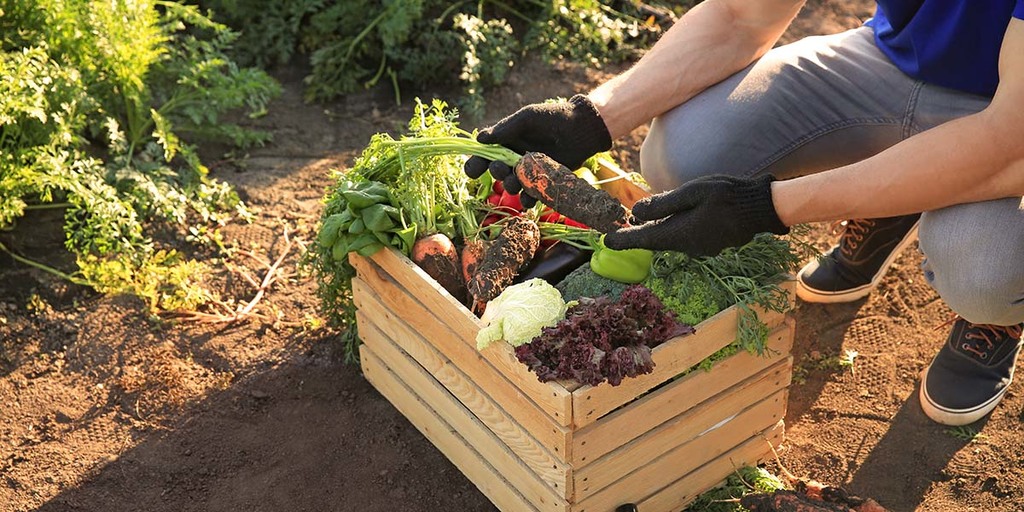
A lot of human culture and heritage is closely tied to food traditions. These things have a major impact on shaping society and human behavior. But in many cases, conventional agriculture is disconnected from this culture.
It allows for obesity and hunger to exist in a world that produces enough to ensure everyone is fed.
Supporting diversified and culturally appropriate diets helps with nutrition and food security while also maintaining the health of ecosystems.
Increasing food production isn’t the answer to world hunger, instead a re-balancing of food habits and a reduction of waste is what’s needed more.
9. Responsible governance
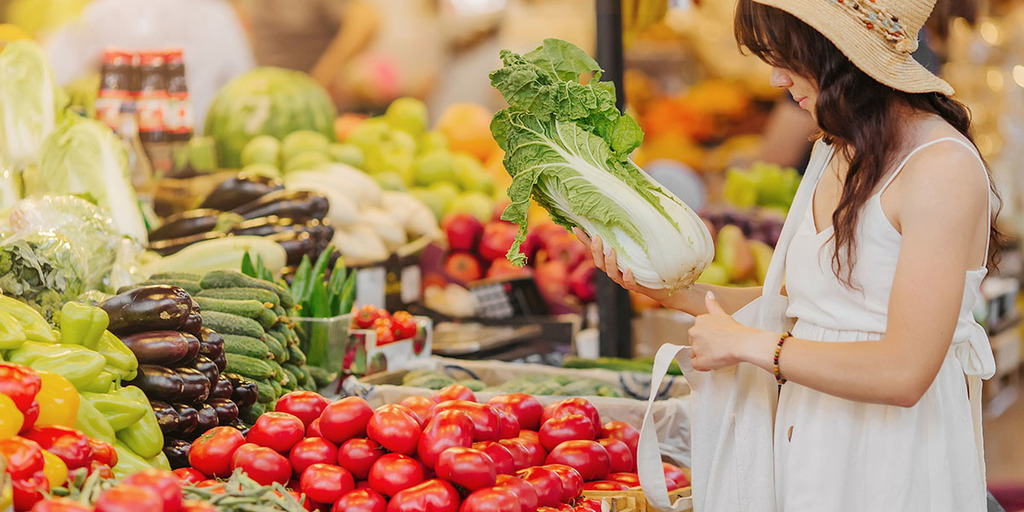
In order for sustainable agriculture to work properly, governance is needed at all different scales. All the way up from local levels to national and global governance.
Governments need to be inclusive, transparent, and accountable for creating an environment that supports agroecological practices and ideas.
For example, several countries already have policies and programs that reward agriculture that enhances biodiversity. Equitable access to natural resources and land helps as well.
10. Circular and solidarity economy
This means reconnecting consumers and producers in a way that ensures inclusive and sustainable agriculture. Supporting local markets and economic development helps keep money within communities.
Agroecology tries to come up with fair solutions based on the resources available and what the local needs are. It seeks to increase the income of food producers while also keeping prices fair for consumers.
This includes things like community-supported e-commerce, local producer’s markets, participatory guarantee schemes, and more.
Redesigning our food systems with a more local focus can also help reduce global food waste when the food chain and steps between producer and consumer are shortened.
Currently, about 10% of the world’s total energy consumption goes into producing food that is wasted or lost.
Benefits of Agroecology
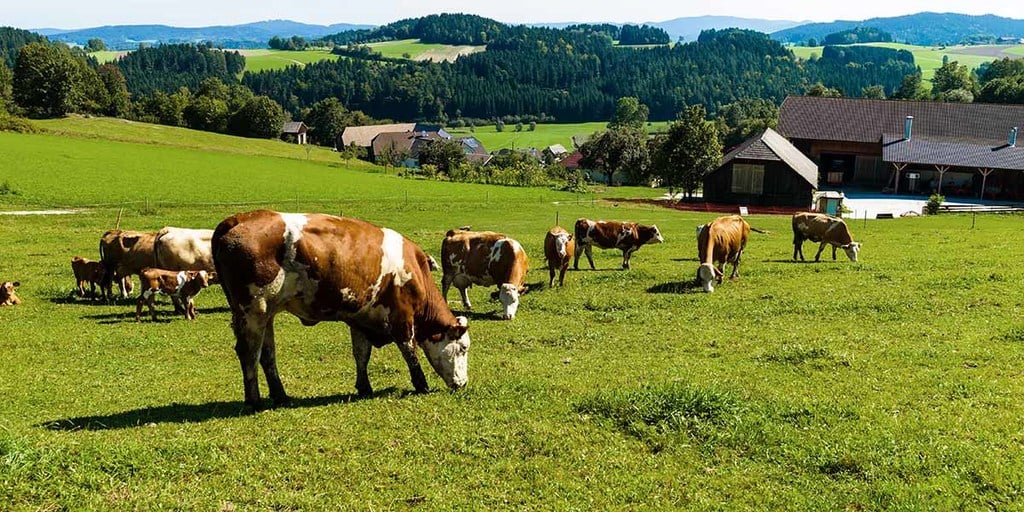
No matter which of the different approaches you take to agroecology, many of the benefits are the same.
Despite having different priorities or focuses, all types of agroecology contribute to improvements to agriculture in one form or another.
1) Increased biodiversity
Like the name suggests, a big part of agroecology is a focus on ecology. Proponents of agroecology are very much for preserving natural ecosystems and habitats.
As a result, biodiversity is preserved and promoted. Natural ecosystems including forests give a home to many natural enemies of pests. These include birds, beneficial insects, reptiles, and others.
- Learn more about Agroforestry, what its benefits are, its history, and some common examples of how agroforestry is applied in practice.
2) Preservation of natural resources
Agroecologists see the importance of preserving all types of natural resources. This includes everything from water quality, organic soil matter, and genetic crop diversity.
It’s all seen as assets that don’t necessarily have a monetary value, but have a high environmental and social value.
3) Improved health and nutrition
Agroecology leads to the production of fresher and more nutritious foods. The types of food grown are more diverse and contain a wider array of different vitamins, minerals, and phytonutrients.
Eating many different fruits and vegetables of a wide range of colors helps to provide better nutrition.
Agroecology also limits exposure to pesticides, which can lead to diseases and pesticide poisoning if digested.
4) Improved ecological resilience
Land cultivated using agroecology principles is better able to withstand stress and things such as extreme weather, erosion, etc.
It reduces the vulnerability of agricultural systems to climate change, natural disasters, and other environmental and economic shocks to agriculture.
For example, small-scale farmers using agroecological methods in Honduras, Guatemala, and Nicaragua were better able to withstand the negative impact of Hurricane Mitch in 1998.
They retained more topsoil and suffered less erosion than conventionally managed farms.
5) Reduce carbon footprint
The reliance on fossil fuels is reduced under an agroecological system. This can help to greatly reduce the carbon footprint of agriculture.
By using carbon sequestration and techniques to capture water in the soil, farmers can actually mitigate and begin to help reversing climate change, instead of simply slowing or stopping it.
6) More economic stability
Agroecology allows farmers to have more stable incomes. Farming a more diverse set of crops allows for a more risk-tolerant income.
The needs for labor and production are spread over more time, instead of having specific periods of time like planting and harvesting that are extremely intensive, with lulls in between.
Having multiple crops means the failure of one won’t be financially devastating like it would be for a monoculture farm that gets completely wiped out by pests or disease.
The farmer is also less vulnerable to price swings and changes in supply and demand for individual products.
7) Inclusive
Agroecology values collaborating with indigenous groups and historically marginalized groups.
It seeks to learn about their traditional farming practices, which in some cases can produce yields greater than what conventional farming is capable of today.
8) Science-based
It’s a knowledge-intensive field of study which places a lot of value on advanced technological innovation and formal scientific research.
Agroecology goes deep into knowledge about soil fertility, biological pest controls, seed varieties, farm ecology, cropping systems, and other topics at a very advanced scientific level.
We can use scientific observations to make repeatable solutions to common problems of agriculture.
9) Socio-cultural and political benefits
Farming systems based around agroecology are better at supporting local communities. They help with the establishment of social, legal, and technical support networks between farmers and their communities.
It can also help indigenous people who are more politically and socio-economically vulnerable.
Different Approaches To Agroecology

Agroecology is a broad term that encompasses a lot of different beliefs and approaches about agriculture. Agroecologists don’t always agree on what sustainable agriculture should look like in the long-term.
Some people may feel that certain ideas don’t go far enough, while others think more idealistic approaches may not be very practical for large-scale food production.
For the most part, what you believe agroecology means will come down to how you define the word ecology. It can have various political connotations as well as environmental ones.
Agroecology can include everything from air quality, water quality, soil health, flora, fauna, environmental toxins, indigenous peoples, and other topics.
More commonly, agroecology is defined as the study of interactions between humans, plants, animals, and the environment inside of an agricultural system.
But it can include the broader subjects of economic, cultural, and social significance.
In North America and Europe, the term tends to focus less on the social and political aspects, and more on just the science regarding the environment and food quality.
In countries in the Southern hemisphere, agroecology has more implicit ties to politics, including social and economic justice. Particularly in relation to indigenous populations.
We can break down agroecology into these five broad categories though:
1. Agronomic Ecology

This approach to agroecology focuses heavily on agronomy, which is the science of soil management and crop production. It’s a more traditional agricultural science.
Agronomic ecology uses the social sciences to understand how and why agriculture has become unsustainable, but doesn’t typically involve itself in social issues in an active way.
Examples of agronomic ecology includes the work of Matt Liebman, Ricardo Salvador, Charles Francis, and Richard Hardwood.
2. Ecosystems Agroecology
The basic idea of ecosystems agroecology is that natural systems have built-in resilience and stability, so the best thing to do is to mimic these models in an effort to achieve a more sustainable form of agriculture.
We can turn to nature to see how it handles things like soil health, erosion, controlling pest populations, and other aspects that affect agriculture.
Ecosystems agroecology tends to be focused more on the science and less on social aspects than other types of agroecology. However, it does believe that large-scale agriculture is detrimental.
The works of Steve Gliessman are good examples of typical agronomic ecology approaches.
3. Agro-population Ecology
Agro-population ecology comes from a scientific perspective that focuses more on population ecology. It looks at how populations can displace ecosystems biology.
This can include wild populations of animals and the impact that they have. For example, if a particular species of pest, or even specific animals like deer are able to become overpopulated.
Agro-population ecology looks at how these imbalances come to be, what their root causes are, and potential ways to fix them.
For example, a case of deer overpopulation may come from a decreasing population of wolves or other natural predators in the area.
Of course, agro-population ecology also looks on the impact that humans have on the ecosystems of the world as well.
Particularly as the global population has continued to grow and spread into previously undeveloped areas in the past several decades.
4. Ecological Political Economy
Ecological Political Economy believes that radical change is necessary at a political and economic level in order to bring about real improvements to our current systems.
Instead of gradual reform of our current systems, it looks more for a complete revolution and sudden change in how agriculture interfaces with ecology.
The works of Richard Lewontin, Miguel Altieri, and John Vandermeer are examples of this approach, which has a much stronger social and political aspect than many other forms of agroecology.
5. Holon Agroecology
Holon agroecology was originally introduced in 2007 and is one of the more modern approaches to the field of agroecology.
It draws from the philosophical concept of a holon, which is something that can be simultaneously a whole and a part. The term was first coined by Arther Koestler in his 1967 book entitled The Ghost in the Machine.
It views ecology as something that’s incomplete and ever-changing. Most other agroecology systems tend to focus on some kind of end goal and final state that should be aimed for.
But holon agroecology looks at agriculture as something unfinished that needs to be constantly adjusted.
We need to be constantly measuring the needs of the environment against the agricultural needs of humans and adjusting accordingly.
There is no final answer, and holon agroecology is all about remaining adaptable to the inevitable changes that will come.
Integrated Assessment of Multifunctional Agricultural Systems
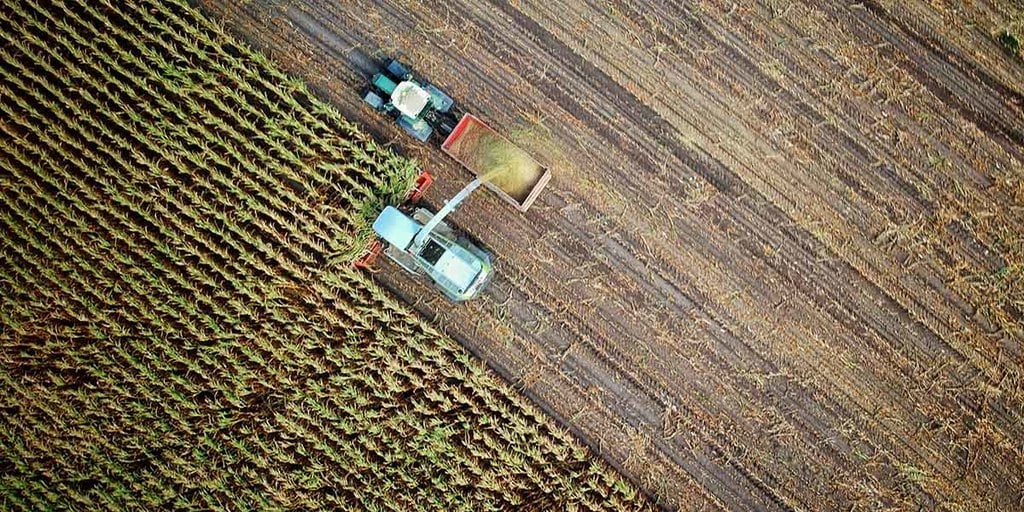
This form of agroecology looks at all of the purposes and functions of a particular landscape, instead of coming primarily from an agricultural point of view.
Food systems are considered to be part of a much larger system under this type of agroecology. Agriculture needs to integrate into other purposes that the land serves, as well as taking social institutions into account.
As a result, proponents of this system don’t necessarily even see farmers as the leaders of agroecology.
Conclusion
Agroecology is a high-level concept that includes a lot of more practical practices such as permaculture, buying locally and organic, agroforestry, intercropping, regenerative agriculture, and a number of other sustainable agriculture practices.
There is still some debate on what counts as agroecology. But generally, agroecology practices create more biodiversity, more resilient agriculture and societies, reduce climate change, and allow better access to fresher and more nutritious foods.
Whether you’re a farmer or just a consumer, we can all do our part to support more environmentally and socially responsible agriculture practices.

As a small garden enthusiast, my goal is to become more self sustainable in an ever changing environment using all forms of agroecology. Please keep me informed with updates on how I may contribute to making our planet a better place
This is a master piece. Recently I thought it was necessary I diversify mushroom production with fish farming and snails production and when I read all what you have written about agroecology it sounds so amazing. I have in mind to do a kind of “sustainability and farming of no waste” where what ever comes out of the farm is useful in one way or the other in the farm.Thanks again for your brilliant write it’s so inspiring.
I am unable to down load the free mushroom growing e-book.
The email link is not coming through.
I think AGRO ECOLOGY and PERMACULTURE actually go together and this is what we need today to solve most of our ecological problems. In west Africa and especially in COTE D’IVOIRE ( Ivory Coast ) where I live I’m leading the promotion of MUSHROOM PRODUCTION USING AGRICULTURAL WASTE PRODUCTS…..We FEEL and SEE the real effects of climatic changes in our country….ARABLE LAND IS BECOMING REALLY SCARCE, SO WE HAVE TO STOP REDUCING THE LITTLE FOREST that is left…. WE HAVE TO STOP BURNING AGRO WASTE PRODUCTS and transform them by GROWING MUSHROOMS…..and this is what I’m thriving to do.